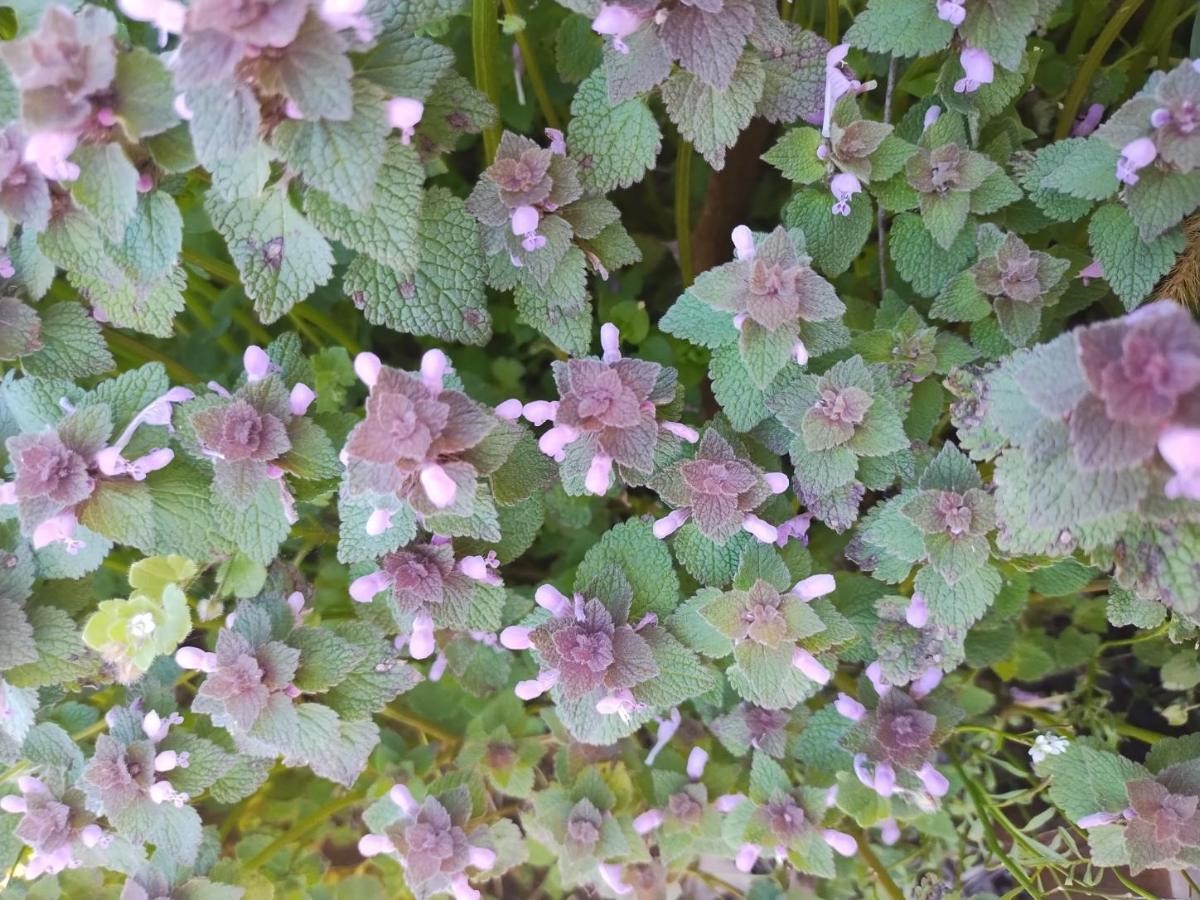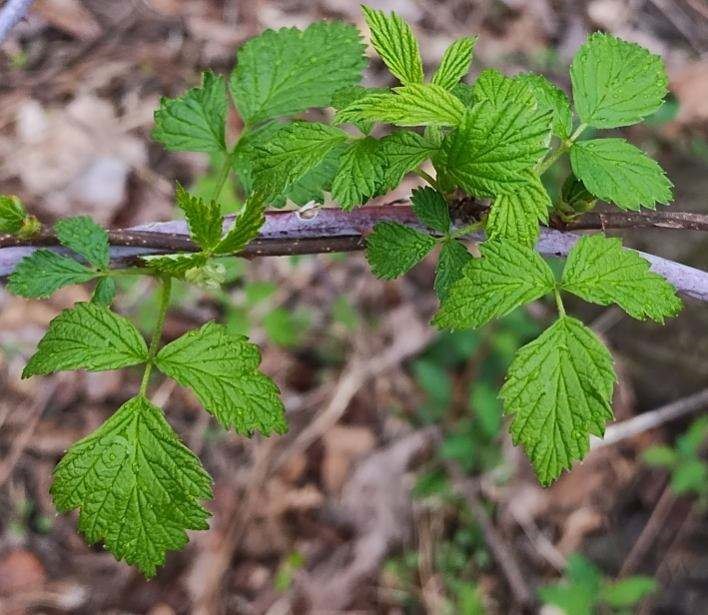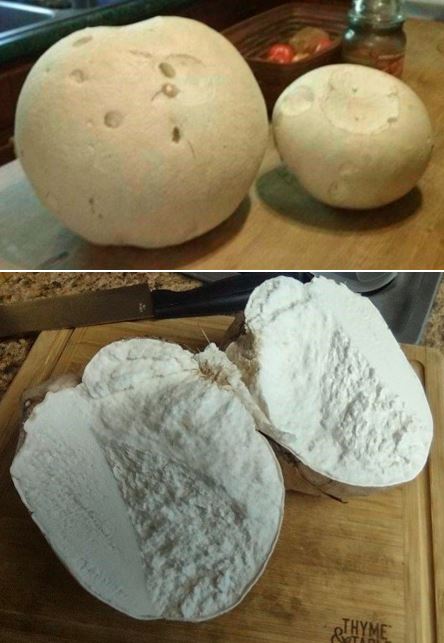How To Forage
for Wild Plants
in Pennsylvania
 Chicken of the woods mushrooms are usually easy for foraging newbies to identify.
Chicken of the woods mushrooms are usually easy for foraging newbies to identify.
Interested in finding your own wild food in the Keystone State? Follow these tips from our resident foraging expert to get started!
How do I get started foraging?
Many of us become so excited finding our personal-favorite
thing to forage that we forget about the seemingly infinite number of
other edible plants and mushrooms growing in Pennsylvania. I’ve found that I learn the most about new wild plants, berries, and mushrooms on the landscape when I’m not already focused on picking one thing or another.
If you’re interested in foraging but don’t know where to start, just begin with short walks through different types of outdoor spaces — Think grassy areas or fields, along field edges, various wooded areas of hardwood or softwood or pines, wetter valleys, and mountain ridges. I like to go on walks at different times throughout the year to understand the various things growing on the landscape and how that changes across the seasons.

Morels are some of the most sought-after wild mushrooms, but they can be tough to find.
During your walks, take pictures or possibly a specimen of anything you notice growing that you aren’t able to identify or maybe never even noticed before. Once you’re home, do a little research on what you found with the help books, online resources, phone apps, or a local forager you already know (or could meet through a club). Many things aren’t as dangerous as you were taught, but always err on the side of caution and cross-reference multiple resources when identifying anything you plan to eat. You know those fake strawberries growing in the yard your mom told you not to eat because they were poisonous? Those are completely edible mock strawberries, and they taste like water. But we didn’t know that growing up, so we still shouldn’t have eaten them!
Where do I go to forage?
If you have a yard, you may be surprised by what is already growing there that you can eat (in addition to the mock strawberries). My husband and I rent our home on roughly 3 acres, and so far I’ve found 18 different things naturally growing in it throughout the year, including puffball mushrooms, black raspberries, wineberries, walnuts, crabapples, wild onion, plantain, dandelions, violets, grape hyacinths, purple dead nettle, various bittercresses and wintercresses, chickweed, birds-eye speedwell, henbit, horseweed, meadow hawkweed, and common groundsel.
Not everyone has a yard or access to private land, though, and those that do may not find what they’re looking to forage on that land. Luckily, Pennsylvania is ripe with public lands! There are over 1.5 million acres of
state game lands managed by the Pennsylvania Game Commission, over 2.5 million acres of State
parks and
forests managed by the Pennsylvania Department of Conservation and Natural Resources, over 500,000 acres of
Allegheny National Forest overseen by the federal government, and many more acres of public lands overseen by local governments statewide.
Wherever you decide to go, make sure you know the rules and regulations of that land beforehand, whether those rules seem to immediately relate to foraging or not. You need to know what you are or are not allowed to harvest there.
You can forage for mushrooms and berries only on state game lands, while wildlife refuges do not allow anyone to take anything off the land – living or inanimate.

If you’re foraging on private land, pick purple dead nettle to add to sauces or herbal remedies.
You also need to know when and where hunting, fishing, and other outdoor activities are likely to be occurring and if you’re required to take additional precautions while outdoors due to those activities. For example, even non-hunters present on state game lands from November 15 to December 15 must wear a minimum of 250 square inches of fluorescent orange on the head, chest, and back combined.)
What should I look for?
When you’re ready to forage for something specific, start with something you already know you’re likely to enjoy eating and is relatively common, then expand your knowledge from there. If you spend a lot of time on something you wind up disliking the taste of (*ahem* elderberries *ahem*) or is difficult to identify or locate, such as morel mushrooms, it can be discouraging for anyone — experienced or not.
If you enjoy berries on their own, or jellies and desserts, try looking for black raspberries, wineberries, and blackberries in the summer. Those berries are easily found growing alongside roads and field edges, and they’re difficult to misidentify. Delicious wild strawberries also grow in Pennsylvania, but they grow in fields and field edges low to the ground, sometimes hidden by grasses, so they can be harder to locate.

Look for black raspberry plants growing along field edges or roads.
If you’re a mushroom person but have never picked up any outside of the grocery store, chicken of the woods is a good one to start looking for in the wild. It’s usually a bright orange color that sticks out from its surroundings, making it easy to locate. The underside of a chicken of the woods will be covered in tiny pores, similar to a sponge, which makes it easy to differentiate from its non-edible look-a-like, jack-o’-lanterns (a jack will have gills).
Don’t forget about eating your greens! Edible fiddleheads grow abundantly in the early spring and will be covered in a thin papery brown material (easy to find and easy to identify). My personal favorite wild “veggies” are milkweed flower buds, which you’ll see growing along the road and in grassy areas in late summer to early fall. Some people enjoy the seed pods that form later in the season, but I prefer the flower buds just before they begin to open. I blanch them first to remove any bitterness, then use them as a replacement for broccoli or peas in certain recipes.
As you gain more experience and confidence, branch out! There are so many things to forage for in Pennsylvania! We have mushrooms, fruits, berries and vegetables, flowers, herbs and teas, nuts and grains, and even roots and saps. You can find everything from lion’s mane to chanterelles, pawpaws to huckleberries to wild asparagus, tiger lilies to garlic mustard to purple dead nettle, chestnuts to lotus flower seeds, and sassafras roots to birch syrup. There is always something new to learn about and forage, no matter the season or your experience level.
Just remember to leave behind anything that isn’t a mushroom or berry on state game lands!
Why should I forage?
Instead of starting out with a story, I’ll leave you with two. As I was preparing to write this blog post, I spent a good amount of time thinking about my early experiences learning to forage and why I enjoy it so much. I realized that what I think of as my first memories of foraging aren’t really my first memories. 
Be sure to do your research as many mushrooms, such as giant puffballs, have lookalikes that can be harmful to consume.
My sister and I certainly grew up learning from our dad how to spot chicken of the woods and morel mushrooms and the best places to pick black raspberries and wild strawberries. And I loved every minute of it. My very first foraging memory, though, is of my mom sitting in the grass of our front yard with me and my sister, all of us giggling and playing “butterchin” with dandelions, pulling and eating wild onions with just a sprinkle of salt.
And then I started thinking about my
favorite foraging memory — standing alone in a wooded area along a creek I had never been to before, after spending 3-4 hours searching for morels while a buddy of mine fished the creek upstream. I found a small patch of ramps and decided to cut a few leaves off to take home. Just as I was finishing up and planning to head back to the truck, I accidentally knocked over a large yellow morel I hadn’t noticed growing amongst the clump of ramps! I picked about a dozen more before meeting my buddy just as full dark fell, and you’ll never guess what we ate later that night…
I partly love foraging because it brings my family together. But another part of me loves foraging because it gives me the opportunity to spend time alone in the outdoors and the knowledge I can depend on my own skills and capabilities to provide for myself and my family.
You certainly won’t hear me complain about what’s for dinner after a day of foraging!
Meagan N.T. Reed
Meagan N.T. Reed spends her life with her loving family and friends, hunting, foraging, and otherwise enjoying the great outdoors of Pennsylvania. She is the Grant Coordinator for the Pennsylvania Game Commission’s Shooting Sports Outreach Division.